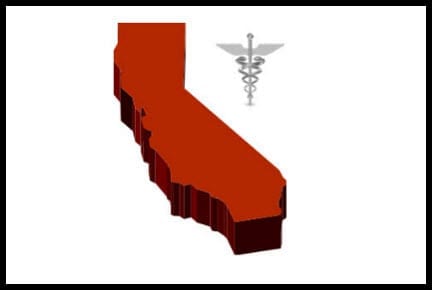There will be thousands of people in the state with serious medical conditions who will be affected.
Beginning in July, there will be about 17,000 people with serious medical problems in California who will be shifting out of a state run health insurance stopgap program and into a federal plan.
This will help to make sure that their coverage continues until the healthcare reforms become effective next year.
This, according to an announcement that has been made by officials in the state. The state board responsible for overseeing the California Pre-Existing Condition Insurance Plan also stated that its participants would still be receiving benefits from the federal government until next year. At that point, the health insurance exchange in the state – called Covered California – will go into effect. The healthcare reforms from President Obama state that from that time, insurers will be required to accept all applicants.
State officials will also be working with the Centers for Medicare  & Medicaid Services to make sure everyone has health insurance coverage.
& Medicaid Services to make sure everyone has health insurance coverage.
The goal is to assist those who are not able to find health insurance coverage anywhere else until the healthcare reforms are implemented. This transition program will be critical to the financial and medical futures of many people who are currently considered to be uninsurable, that is, they have applied for coverage but have either been rejected due to pre-existing conditions, or they have been quoted astronomical rates.
According to the Managed Risk Medical Insurance Board chairperson, Cliff Allenby, “While this will be a change for our subscribers, it is a positive one in that it ensures their health coverage through year’s end.” Allenby’s organization is responsible for overseeing the health insurance plan for individuals with pre-existing conditions.
There are 18 total states in the country, California being one of them, in which the program has been temporarily taken on by the federal government until the start of 2014. The funding for those states was capped at $5 billion, but they are now beginning to run low on funds because providing health insurance for those patients is a more expensive venture than had initially been predicted. The state law specifically said that no funds from California could be used to pay for the program.
